Upper/Lower Jaw Implants
Dental implants are recognized as todays best alternative to natural teeth and are used for routine treatment for a full range of problems ranging from replacing a single tooth, multiple teeth or simply for reliable implant denture.
The irritation and embarrassment often experienced by people who have missing teeth, wear dentures or people who have suffered through older methods of tooth replacement are overcome by the confidence of permanently anchored dental implants.
The conventional method of replacing all the teeth in a jaw is with a complete denture. A complete denture rests on the gums. In the upper jaw it also rests on the roof of the mouth. In addition to chewing forces being spread over a larger area, forces that might tend to dislodge the denture are offset by a suction which forms between it and the roof of the mouth. This suction helps to keep the denture in place. Most people are able to adapt reasonably well to an upper complete denture. However, a lower complete denture is considerably more difficult to wear. The forces are applied over a smaller area and due to the movements of the tongue a suction usually can not be developed.
The constant pressure on the gums under the dentures can cause slow changes in the underlying bone which result in the dentures losing their fit. For this reason complete dentures should be professionally examined at regular intervals and when the tissues show sufficient change, the dentures should be relined, rebased, remade, depending on the specific conditions. When improperly fitted dentures continue to be worn, the pressure may result in excessive bone loss. Eventually, so much bone loss can occur that well fitting complete denture can not longer be made. Under these circumstances, implants may be the treatment of choice.
Before dental implants, there was no fixed solution available for people who lost all their teeth. Today, it is possible to replace a full jaw with dental implants and a fixed bridge that results in a permanent, stable and high esthetic solution.
Course of Treatment
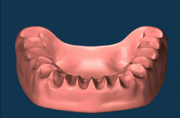
BEFORE THE PROCEDURE
The dentist determines what needs to be done and prepares both himself and the patient for the coming treatment procedure.
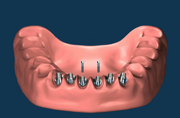
INSTALLING THE IMPLANT
The first step is installing dental implants to replace the lost tooth roots. In this case, six implants are used.
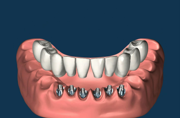
ATTACHING THE BRIDGE
The final bridge is securely installed on top of the implants. With a full jaw replacement like this, it normally takes 2-3 visits to have the bridge completely attached.
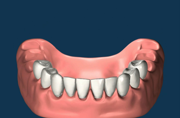
END RESULT
Your new teeth should be hard to tell from natural both for you and others.
Call 651.429.2299 for appointment
4801 Hwy 61, Suite 300, White Bear Lake, MN 55110
reedds@qwestoffice.net
Any Questions?
4801 Hwy 61, Suite 300, White Bear Lake, MN 55110 | 651.429.2299
Dental Web Design by Miso Web Design




